Home>Furniture & Design>Space-Saving Solutions>How To Organize A Tackle Box
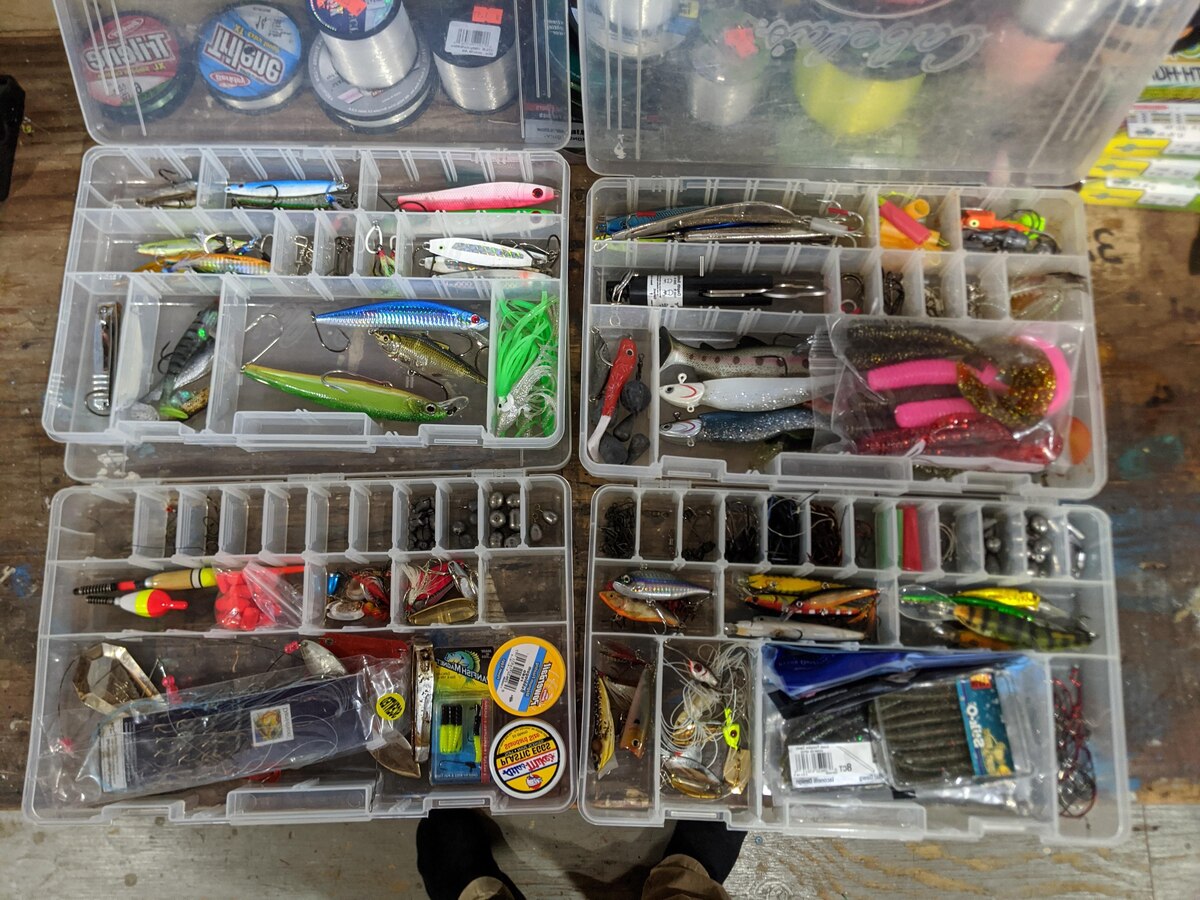

Space-Saving Solutions
How To Organize A Tackle Box
Published: March 2, 2024
Discover space-saving solutions and tips for organizing your tackle box efficiently. Learn how to maximize storage and keep your fishing gear neatly arranged.
(Many of the links in this article redirect to a specific reviewed product. Your purchase of these products through affiliate links helps to generate commission for Storables.com, at no extra cost. Learn more)
Introduction
Are you tired of rummaging through a messy tackle box every time you go fishing? Organizing your tackle box can save you time and frustration on the water. In this article, we will explore the best methods for organizing your tackle box, including sorting and categorizing tackle, storing terminal tackle, arranging soft plastic baits, managing hard baits, and maintaining fishing tools. By the end of this guide, you'll be equipped with the knowledge to keep your tackle box neat and tidy, making your next fishing trip more enjoyable and efficient.
Key Takeaways:
- Keep your tackle box organized by sorting tackle, storing terminal tackle, arranging baits, managing tools, and maintaining the box. This saves time, preserves gear, and makes fishing more enjoyable.
- Choose the right tackle box based on your needs and fishing style. Keep it clean, rust-free, and well-maintained to ensure your gear remains in top condition for successful fishing trips.
Choosing the Right Tackle Box
When it comes to organizing your fishing gear, selecting the right tackle box is crucial. There are various types of tackle boxes available, each designed to accommodate different fishing styles and preferences. Here are some options to consider:
-
Traditional Tackle Box: This classic option features a hard plastic or metal construction with multiple trays and compartments for organizing a variety of tackle. It's ideal for anglers who prefer to keep their tackle neatly separated and easily accessible.
-
Tackle Bag: A tackle bag is a versatile choice for anglers who need to transport their gear to different fishing spots. These bags often feature multiple pockets and compartments, providing ample space for organizing tackle boxes, soft baits, and other fishing essentials.
-
Tackle Backpack: For anglers who enjoy hiking to remote fishing locations, a tackle backpack offers the convenience of hands-free transportation. These backpacks typically include padded compartments for storing tackle trays, as well as additional pockets for organizing tools and accessories.
-
Tackle Tray: If you prefer a minimalist approach, a tackle tray may be the perfect solution. These compact, transparent containers are designed to hold individual tackle items, such as hooks, sinkers, and swivels. They can be easily stored in a larger tackle box or bag for added organization.
When choosing the right tackle box, consider factors such as the amount of gear you typically carry, the type of fishing you enjoy, and the ease of transportation. By selecting a tackle box that suits your specific needs, you can set the foundation for an organized and efficient fishing experience.
Sorting and Categorizing Tackle
Sorting and categorizing your tackle is essential for maintaining an organized tackle box. By grouping similar items together, you can quickly locate the specific tackle you need during a fishing trip. Here's how to effectively sort and categorize your tackle:
-
Separate by Type: Begin by separating your tackle into different categories based on their type. This may include organizing hooks, sinkers, swivels, artificial baits, and other fishing essentials into distinct groups. By doing so, you can easily identify and access the specific tackle you require without sifting through a jumble of items.
-
Utilize Tackle Trays: Invest in tackle trays with adjustable dividers to create custom-sized compartments for different types of tackle. These trays allow you to tailor the storage space according to the size and quantity of each item, ensuring a neat and organized layout within your tackle box.
-
Labeling: Consider labeling the compartments in your tackle box to further streamline the sorting process. Use waterproof labels or a permanent marker to indicate the contents of each section. This simple step can save you time and frustration when searching for specific tackle items, especially in low-light conditions or adverse weather.
-
Prioritize Accessibility: Arrange your tackle in a manner that prioritizes accessibility based on frequency of use. Keep frequently used items within easy reach, while placing less commonly used tackle in secondary compartments. This approach ensures that your go-to tackle is readily available when you need it most.
-
Consider Seasonal Needs: If you fish in different seasons or target various species, consider organizing your tackle box based on seasonal or species-specific needs. For example, you may allocate separate sections for cold-water and warm-water baits, or categorize tackle according to the specific fish species you intend to pursue.
By implementing these sorting and categorizing strategies, you can transform your tackle box into a well-organized and efficient storage system. This approach not only saves time on the water but also helps preserve the condition of your tackle, ensuring that it remains in top-notch shape for future fishing adventures.
Storing Terminal Tackle
Storing terminal tackle, such as hooks, sinkers, swivels, and leader material, requires careful organization to prevent tangles and ensure easy access when needed. Here are some effective methods for storing terminal tackle in your tackle box:
-
Utilize Small Containers: Invest in small, transparent containers or resealable bags to store individual types of terminal tackle. These containers not only keep items separated but also allow you to quickly identify the contents without opening each one.
-
Use Magnetic Compartments: Consider using tackle boxes with magnetic compartments for storing hooks. The magnetic properties help keep hooks in place, preventing them from becoming entangled with other tackle items. This method is particularly useful for organizing a variety of hook sizes and styles.
-
Divide by Size and Type: When storing hooks and sinkers, consider dividing them by size and type. Utilize tackle trays with adjustable dividers to create separate sections for different hook sizes and styles. This approach prevents hooks from tangling and makes it easier to locate the specific size needed for a particular fishing rig.
-
Wrap Leader Material: To store leader material, such as fluorocarbon or monofilament line, consider using small spools or line holders. Alternatively, you can wrap the leader material around specialized foam or plastic holders to prevent kinks and tangles. Keeping leader material neatly organized ensures that it remains in optimal condition and ready for use.
-
Label Containers: For added convenience, label the containers or compartments used to store terminal tackle. Clearly marking the contents of each container allows for quick identification, especially when dealing with small items that may look similar at first glance.
-
Separate Soft and Hard Tackle: When organizing your tackle box, consider separating soft terminal tackle (such as leader material and soft plastic baits) from hard terminal tackle (such as hooks and sinkers). This separation helps prevent damage to soft baits and ensures that hooks and sinkers remain easily accessible.
By implementing these storage methods, you can maintain a well-organized tackle box with neatly stored terminal tackle. This approach not only saves time on the water but also helps preserve the condition of your terminal tackle, ensuring that it remains in top-notch shape for your fishing endeavors.
Use small tackle trays or containers to separate and organize different types of tackle, such as hooks, sinkers, and lures. This will make it easier to find what you need while out on the water.
Organizing Soft Plastic Baits
Organizing soft plastic baits is essential for keeping them in optimal condition and readily accessible during fishing trips. Here are some effective methods for organizing soft plastic baits in your tackle box:
-
Utilize Bait Bags: Consider using resealable bait bags or small plastic containers to store individual types of soft plastic baits. These bags help prevent baits from sticking together and allow for quick identification of the contents without the need to open each bag.
-
Categorize by Type and Size: Sort soft plastic baits by type, size, and color to facilitate easy access. Utilize tackle trays with adjustable dividers to create separate sections for different types of baits, such as worms, creature baits, crawfish imitations, and swimbaits. Categorizing baits by size and color makes it easier to locate the specific bait needed for different fishing scenarios.
-
Preserve Softness and Scent: To maintain the softness and scent of plastic baits, store them in a cool, dry environment within your tackle box. Avoid exposing them to extreme heat or direct sunlight, as this can cause the baits to melt or lose their effectiveness.
-
Use Soft Bait Binders: Invest in soft bait binders or wallets designed specifically for storing soft plastic baits. These binders typically feature individual plastic sleeves or compartments to keep baits organized and prevent them from becoming entangled with other tackle items.
-
Label and Organize by Action: Consider labeling the compartments or sleeves used to store soft plastic baits based on their action, such as finesse, paddle tail, or creature. This labeling system allows you to quickly identify the action of each bait, making it easier to select the most suitable bait for the fishing conditions.
-
Separate by Rigging Style: If you use various rigging styles for soft plastic baits, such as Texas rig, Carolina rig, or drop shot, consider organizing baits based on their intended rigging method. This approach ensures that you can easily locate baits specific to the rig you plan to use without sorting through an assortment of different styles.
By implementing these organization methods, you can ensure that your soft plastic baits remain in top condition and are easily accessible when needed. This approach not only helps streamline your fishing experience but also prolongs the effectiveness of your soft plastic baits for future outings.
Read more: How To Organize A Fly Box
Arranging Hard Baits
Arranging hard baits in your tackle box requires strategic organization to prevent tangles and protect the delicate finishes of these lures. Here are some effective methods for arranging hard baits in your tackle box:
-
Utilize Lure Boxes: Invest in specialized lure boxes designed to store hard baits. These boxes often feature individual compartments with adjustable dividers, allowing you to customize the storage space according to the size and shape of each lure. Additionally, some lure boxes include foam inserts or magnetic sheets to securely hold the lures in place, minimizing movement and potential damage.
-
Separate by Type and Action: When arranging hard baits, consider categorizing them based on their type and action. This may include organizing crankbaits, jerkbaits, topwater lures, and lipless baits into separate sections within your tackle box. Furthermore, you can subdivide these categories based on diving depth, allowing for quick selection of the appropriate lure for specific fishing conditions.
-
Protective Measures: To prevent hooks from tangling and lures from becoming damaged, consider using lure wraps or protective covers for individual hard baits. These wraps provide an additional layer of protection and help maintain the integrity of the lure's finish, particularly when storing multiple lures in the same compartment.
-
Utilize Hanging Storage: Some tackle boxes feature hanging storage options for hard baits, allowing you to suspend lures vertically to prevent tangling and facilitate easy access. This method is particularly useful for larger hard baits, such as swimbaits and musky lures, which may be prone to tangling when stored horizontally.
-
Labeling and Color Coding: Consider labeling the compartments or dividers used to store hard baits, indicating the type, diving depth, or specific action of each lure. Additionally, you can implement a color-coding system to quickly identify different lure categories, making it easier to locate the desired lure amidst a collection of various styles and sizes.
-
Consider Seasonal Use: If you fish in different seasons or target specific species, organize your hard baits based on their seasonal effectiveness or species-specific appeal. For example, you may allocate separate sections for cold-water crankbaits, topwater lures for bass, or deep-diving lures for targeting walleye or pike.
By implementing these methods for arranging hard baits, you can maintain a well-organized tackle box while ensuring that your hard lures remain in prime condition for your fishing expeditions. This approach not only streamlines the lure selection process but also prolongs the longevity of your hard baits, allowing you to enjoy their effectiveness trip after trip.
Managing Fishing Tools
Properly managing fishing tools is essential for ensuring that you have the necessary equipment readily available when you need it. Here are some effective methods for managing fishing tools in your tackle box:
-
Utilize Tool Holders: Invest in a tackle box or bag that includes dedicated tool holders or loops for securing essential fishing tools such as pliers, line clippers, and hook removers. These holders keep your tools organized and prevent them from shifting or becoming misplaced during transport.
-
Compact Multi-Tools: Consider carrying compact multi-tools that combine various functions, such as pliers, scissors, and line cutters, into a single convenient tool. These multi-tools help minimize the number of individual items you need to carry, saving space and reducing clutter in your tackle box.
-
Secure Retractors: Attach retractable gear tethers or lanyards to your fishing tools to prevent accidental loss or misplacement. Retractors allow you to extend the reach of your tools while keeping them securely tethered to your tackle box or fishing vest, ensuring that they remain within easy reach at all times.
-
Organize by Frequency of Use: Arrange your fishing tools based on their frequency of use, keeping commonly used items easily accessible. For example, place line clippers and pliers in a readily accessible compartment, while reserving less frequently used tools for secondary storage areas within your tackle box.
-
Protective Cases: Consider using protective cases or sheaths for sharp or delicate fishing tools, such as fillet knives or hook sharpeners. These cases help prevent accidental injuries and maintain the sharpness and integrity of your tools, ensuring that they remain in optimal condition for use.
-
Labeling and Identification: Label the compartments or holders used to store fishing tools, indicating the type of tool contained within each space. Additionally, you can implement a color-coding system to quickly identify different tools, making it easier to locate the specific tool you need during a fishing excursion.
By implementing these methods for managing fishing tools, you can ensure that your essential equipment remains organized, easily accessible, and well-maintained within your tackle box. This approach not only streamlines your fishing experience but also helps prolong the longevity and effectiveness of your fishing tools for future outings.
Maintaining and Cleaning the Tackle Box
Maintaining and cleaning your tackle box is essential for preserving the condition of your fishing gear and ensuring that it remains organized and functional. Here are some detailed methods for maintaining and cleaning your tackle box:
-
Regular Inspection: Conduct regular inspections of your tackle box to check for any signs of wear, damage, or corrosion. Inspect hinges, latches, and trays for any loose components or rust. Addressing minor issues promptly can prevent them from escalating into more significant problems.
-
Rust Prevention: To prevent rust from affecting metal components of your tackle box, consider applying a thin layer of protective lubricant or corrosion-resistant spray to hinges, latches, and metal trays. This helps create a barrier against moisture and oxidation, prolonging the lifespan of your tackle box.
-
Cleaning Routine: Establish a cleaning routine for your tackle box, especially after fishing trips in saltwater or muddy conditions. Use a mild soap or tackle box cleaner and a soft brush to remove dirt, debris, and salt residue from the interior and exterior surfaces of the box. Rinse thoroughly with fresh water and allow it to dry completely before restocking.
-
Tray Maintenance: Clean and dry tackle box trays regularly to prevent the accumulation of moisture, which can lead to rust and corrosion on metal tackle items. Remove trays from the tackle box and wipe them down with a damp cloth. Ensure they are completely dry before placing them back into the box.
-
Plastic Component Care: For tackle boxes with plastic components, use a plastic-safe cleaner to remove dirt and grime. Avoid using harsh chemicals or abrasive cleaners that can damage the plastic surfaces. Additionally, inspect plastic trays and dividers for any signs of wear or cracking, replacing them if necessary to maintain the integrity of the tackle box.
-
Drying Wet Gear: After fishing in wet conditions, ensure that any wet gear, such as lures, soft baits, or tools, is thoroughly dried before returning them to the tackle box. Moisture trapped inside the box can lead to mold growth and corrosion, potentially damaging your tackle and accessories.
-
Odor Control: If your tackle box develops unpleasant odors from bait or other fishing items, consider using odor-absorbing products, such as activated charcoal or baking soda, to neutralize the smells. Place these odor absorbers inside the tackle box for a few days to eliminate any lingering odors.
-
Storage Environment: Store your tackle box in a cool, dry place when not in use. Avoid prolonged exposure to direct sunlight or extreme temperatures, as these conditions can degrade the materials and compromise the integrity of the tackle box.
By incorporating these maintenance and cleaning practices into your fishing routine, you can ensure that your tackle box remains in top condition, prolonging the lifespan of your fishing gear and preserving its functionality for many successful fishing trips to come.
Frequently Asked Questions about How To Organize A Tackle Box
Was this page helpful?
At Storables.com, we guarantee accurate and reliable information. Our content, validated by Expert Board Contributors, is crafted following stringent Editorial Policies. We're committed to providing you with well-researched, expert-backed insights for all your informational needs.
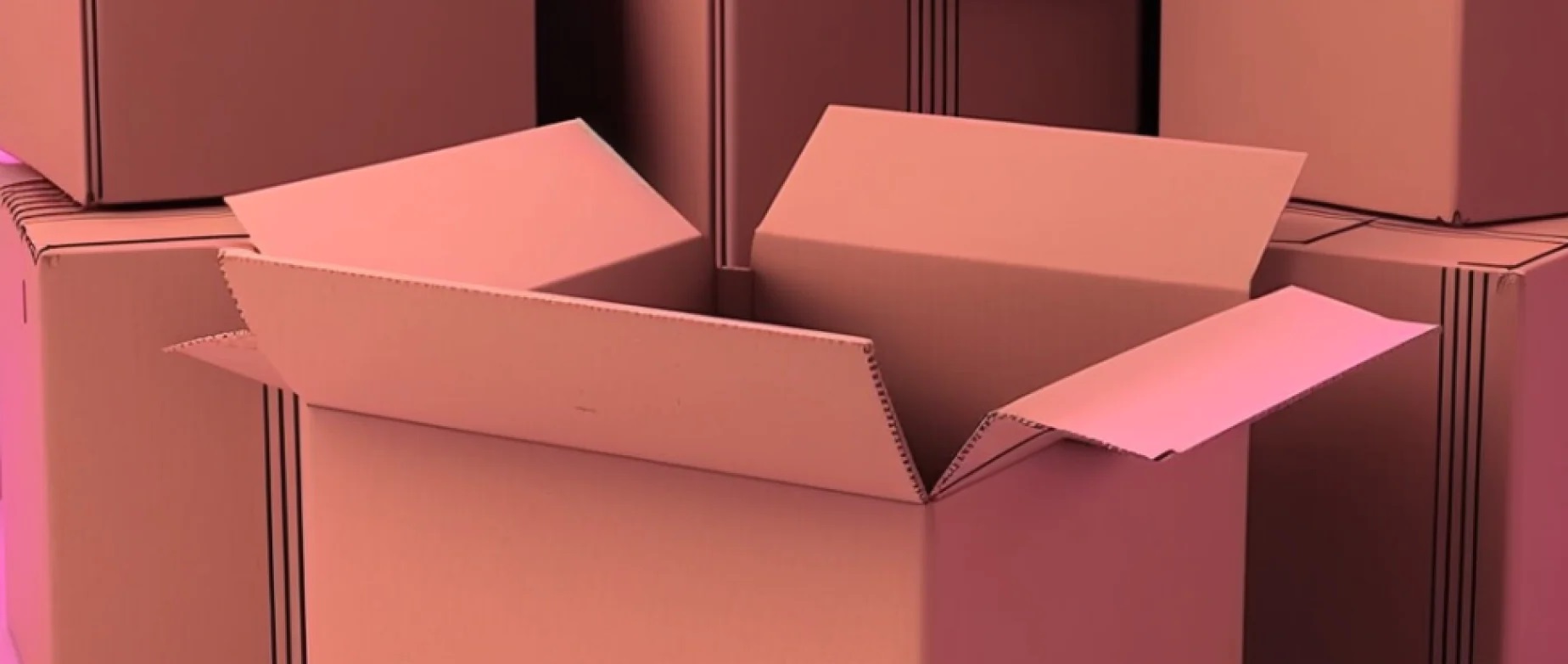
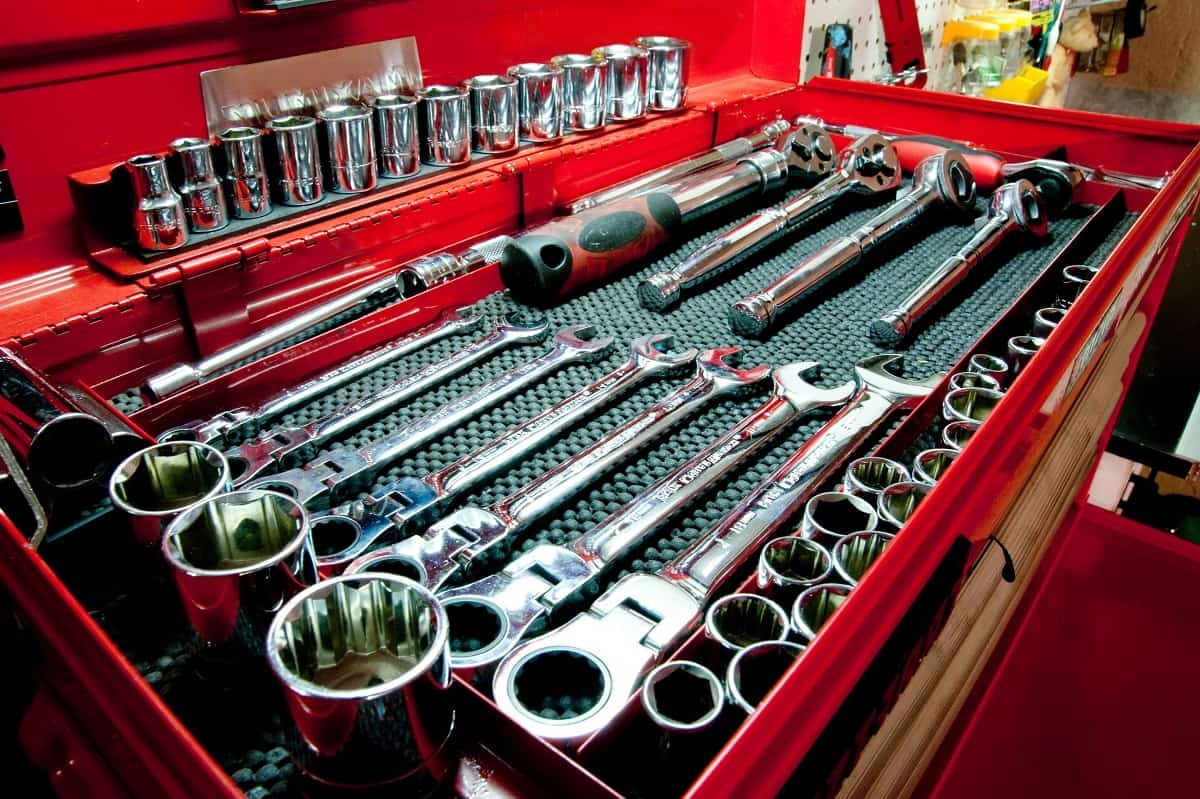
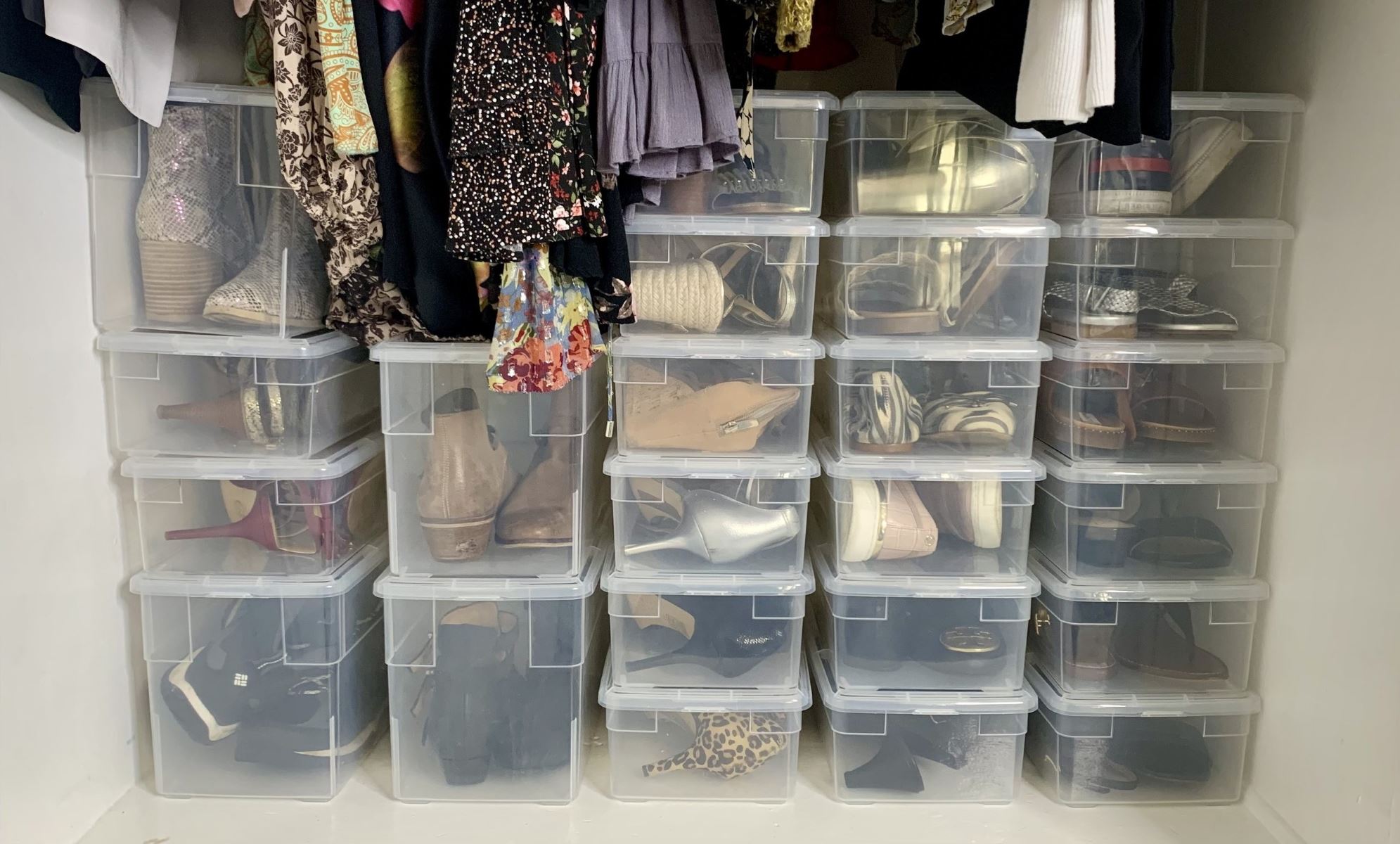
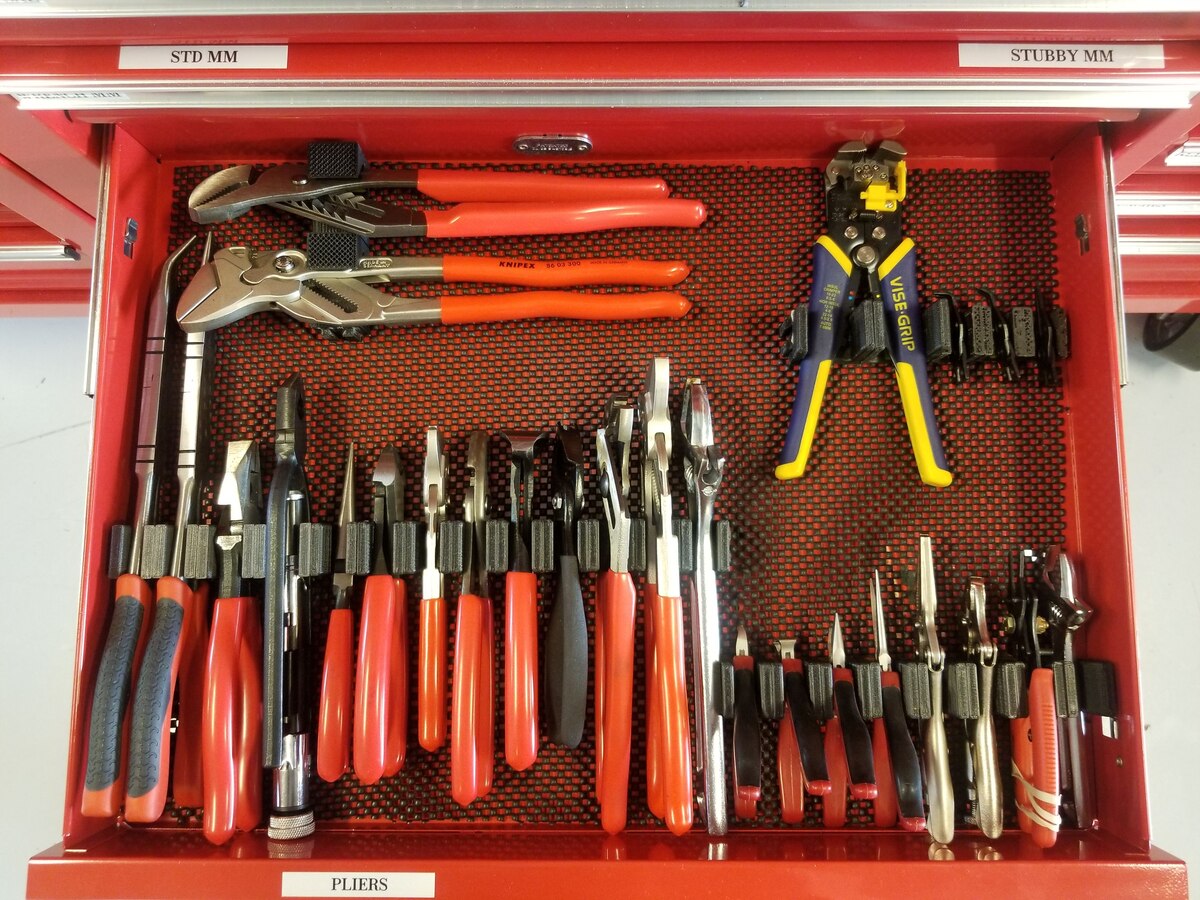

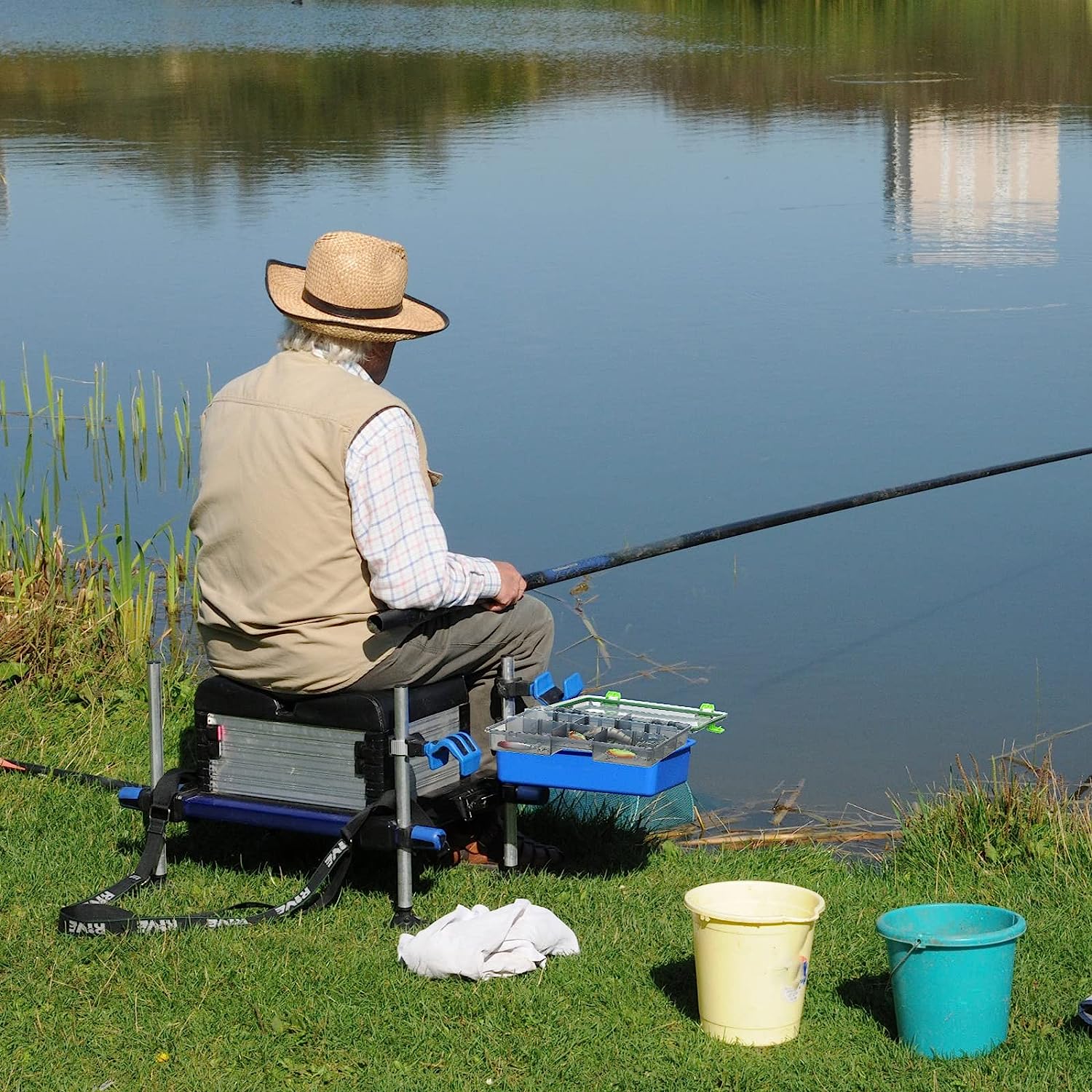

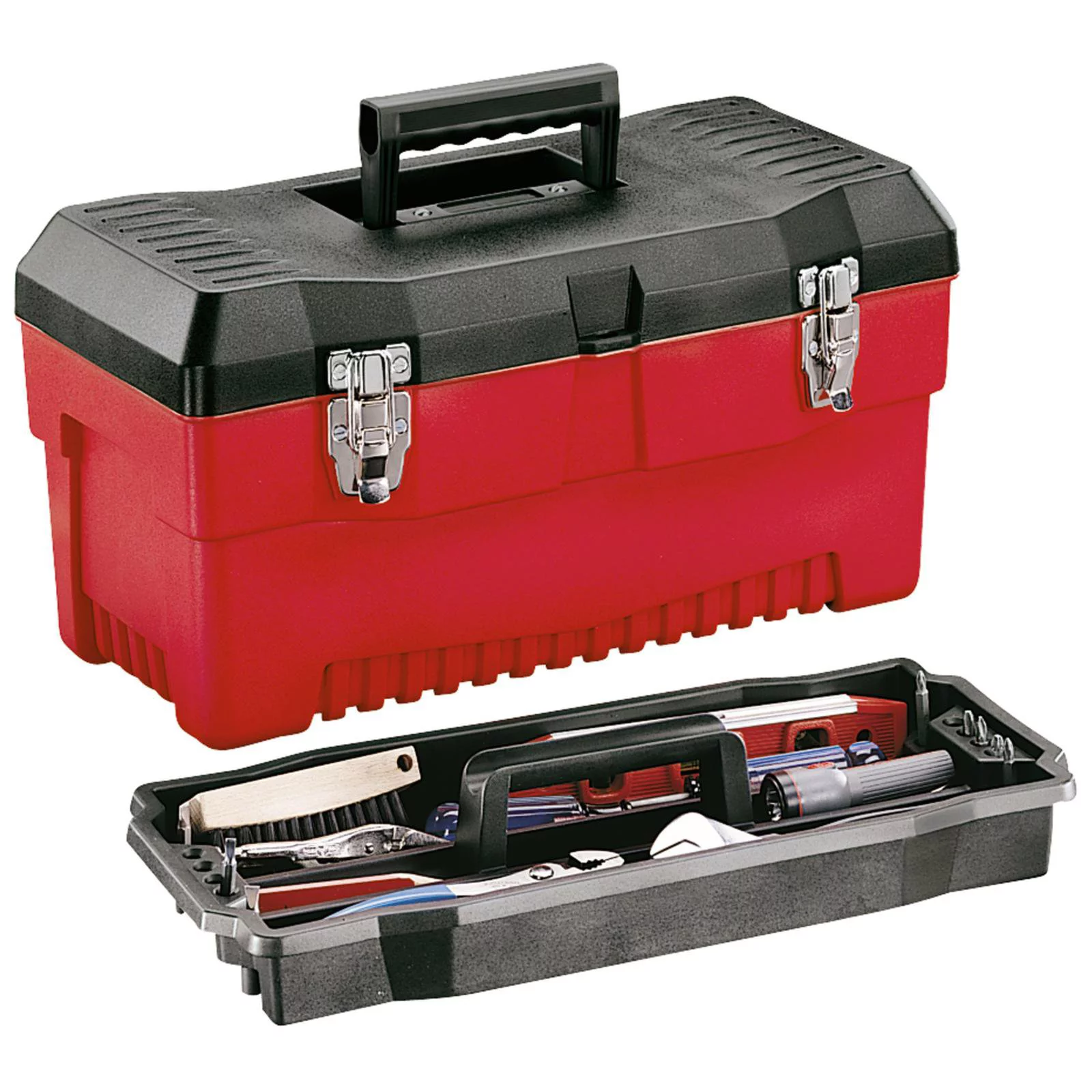
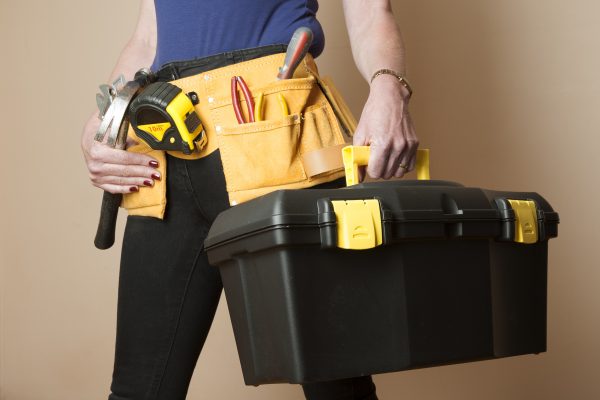
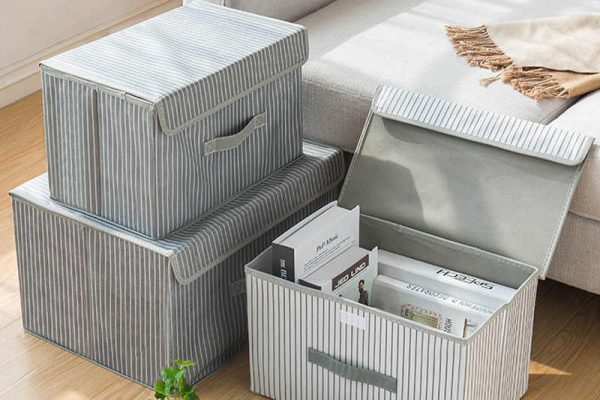

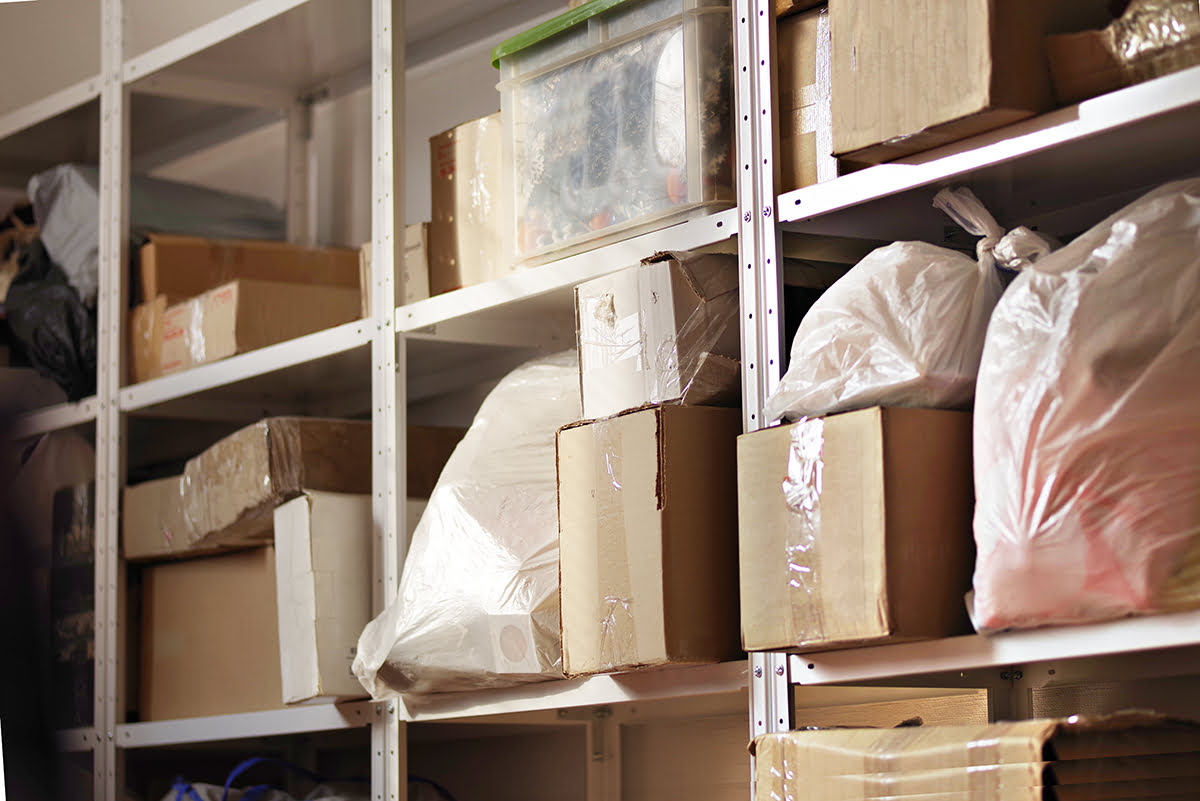
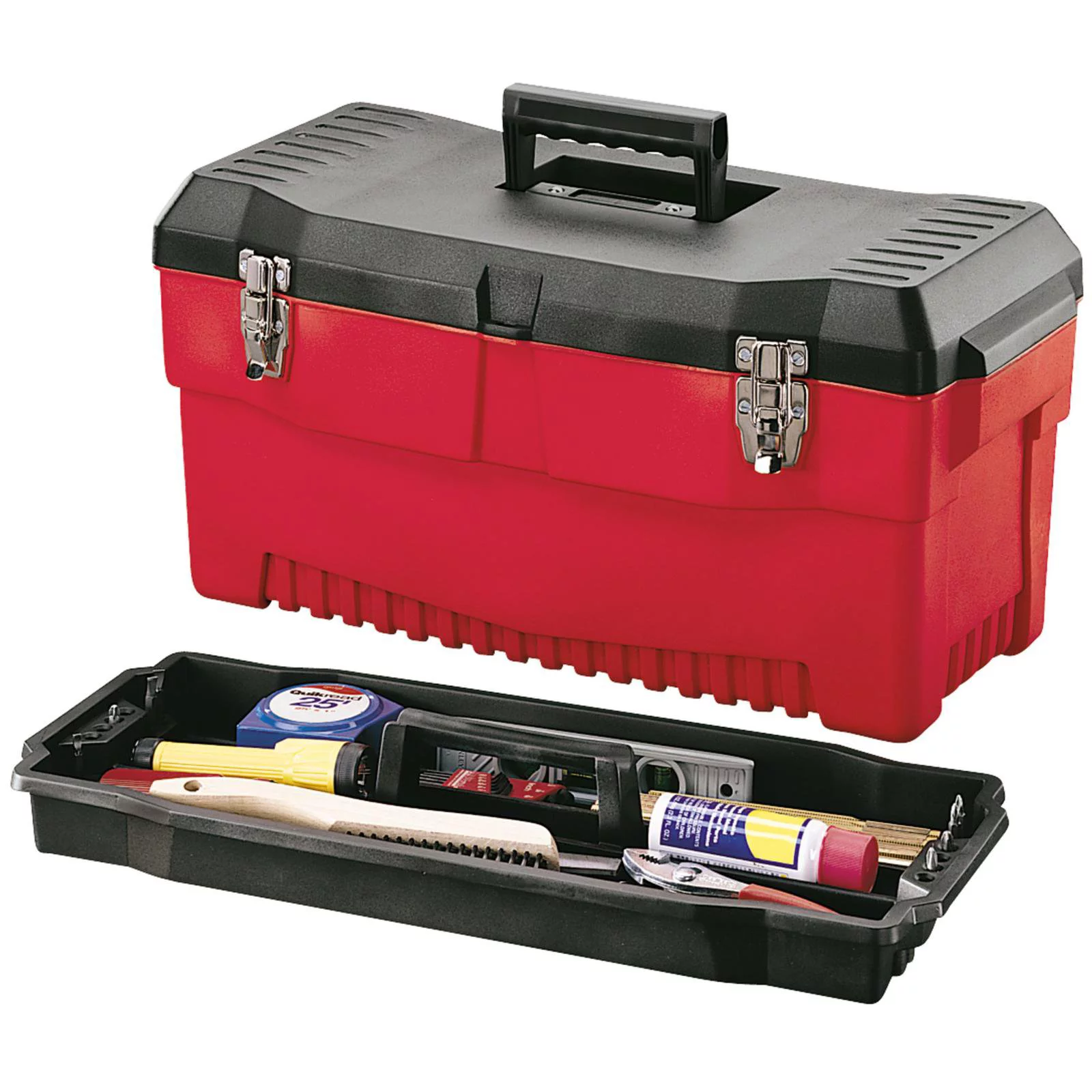
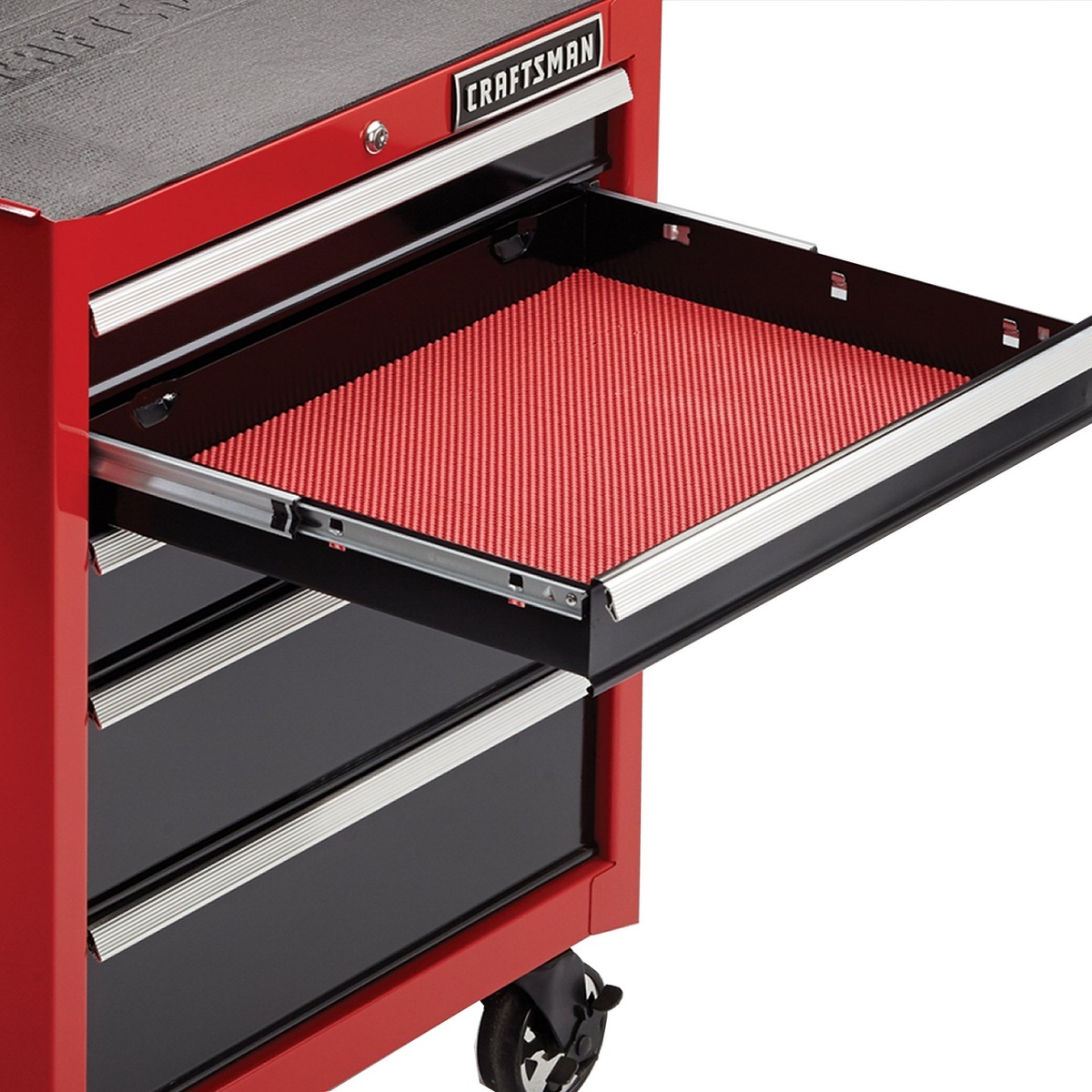

0 thoughts on “How To Organize A Tackle Box”